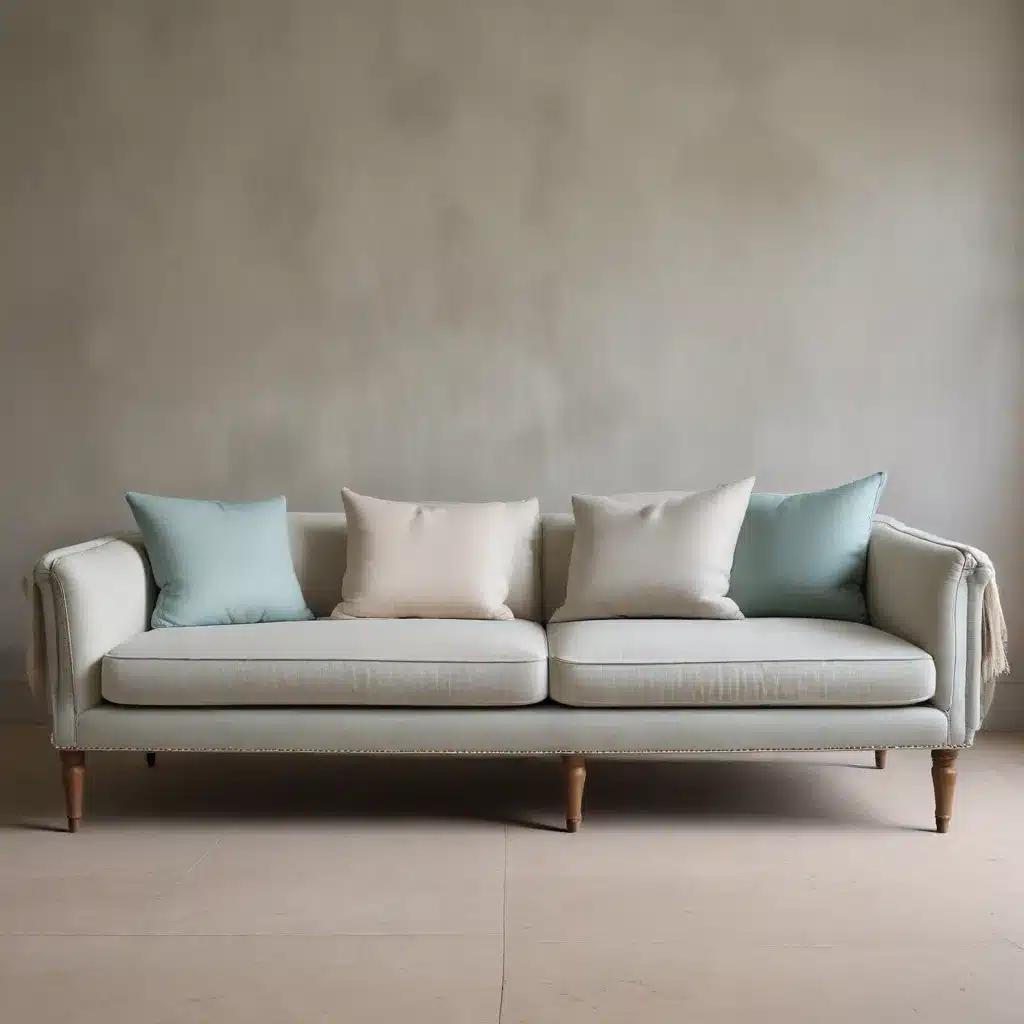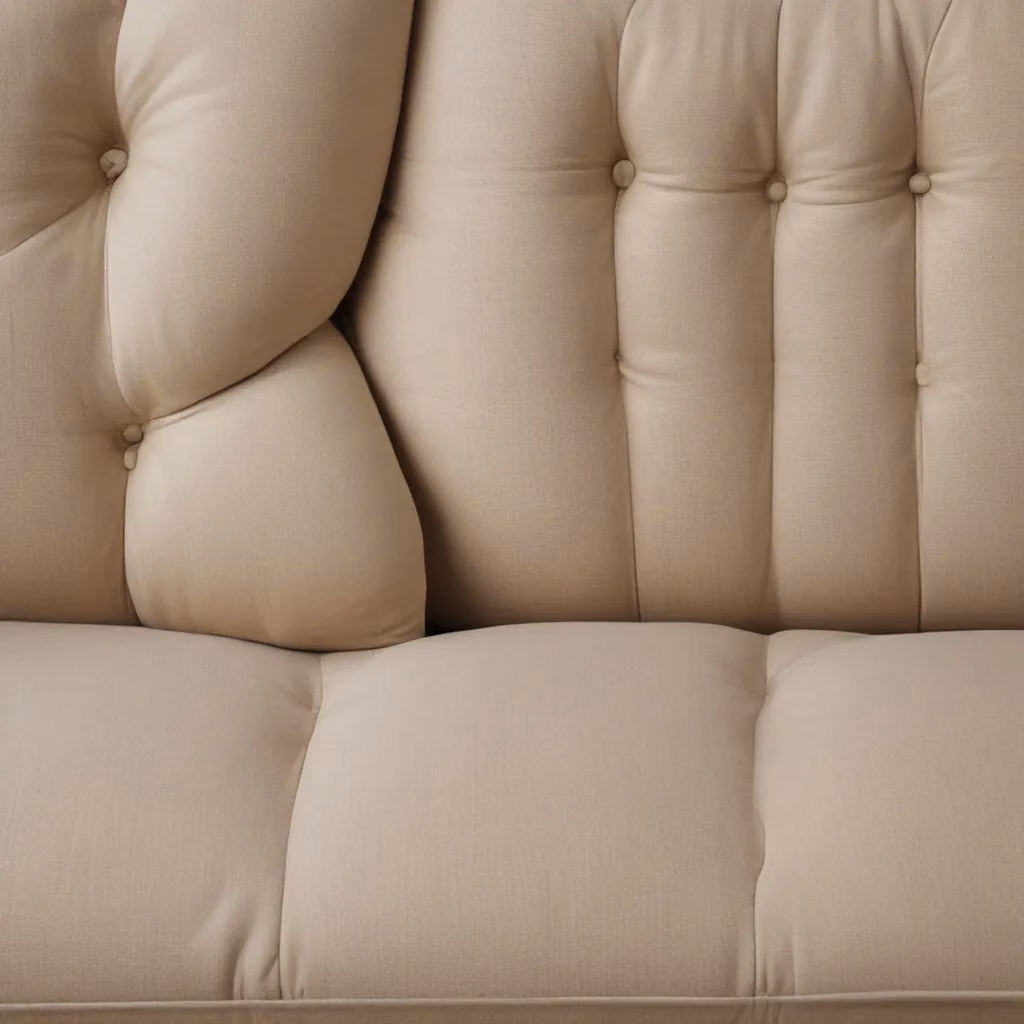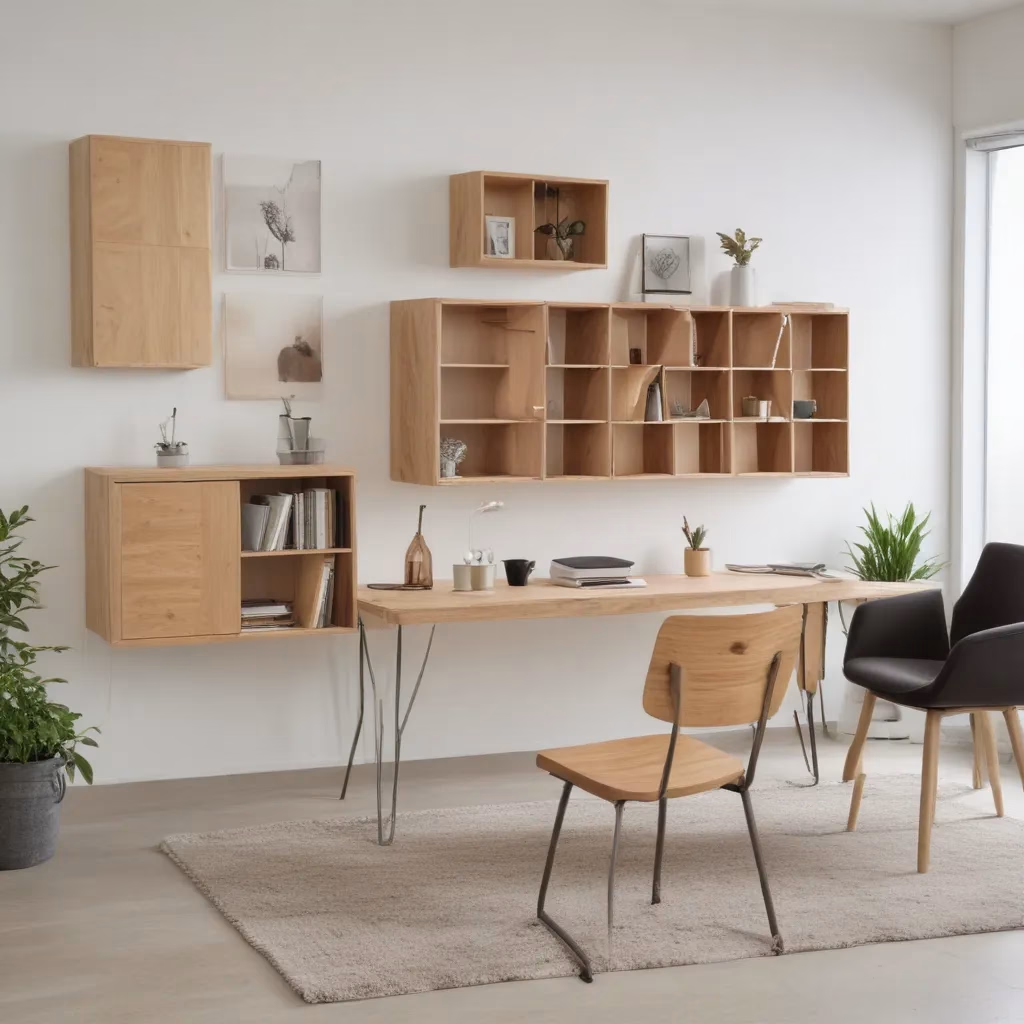
Reviving Your Sofa: A Sustainable Approach to Interior Design
As the UK furniture market continues to evolve, homeowners and interior designers alike are increasingly seeking ways to breathe new life into their existing sofas while embracing more sustainable practices. In the ever-changing landscape of interior design, the humble sofa remains a central focal point, and finding the right balance between timeless style and contemporary appeal is a common challenge.
Navigating the Sofa Landscape: Trends and Consumer Preferences
The UK market has witnessed a shift towards a more minimal and neutral aesthetic, with wood-based furniture and clean lines becoming increasingly popular. However, this does not mean that vibrant and bold sofa choices are out of the question. Consumers are looking for pieces that can seamlessly blend with their evolving decor preferences, creating a cohesive and timeless look.
One trend that has gained significant traction is the rise of green and earth-toned sofas. These hues not only add a touch of warmth and natural charm to a space but also align with the growing consumer demand for sustainable and environmentally-conscious choices. Homeowners are seeking sofas that not only complement their neutral-toned furnishings but also serve as a statement piece that reflects their personal style and environmental values.
Alongside the popularity of green and earth-toned sofas, consumers are also drawn to more structured and streamlined silhouettes. The days of overstuffed, heavily textured sofas are gradually giving way to sleeker designs that offer a more contemporary and refined look. This shift in preference aligns with the desire for a clean, uncluttered aesthetic that can adapt to various interior design styles.
Revitalizing Dated Sofas: The Art of Reupholstering
While replacing a sofa may seem like the obvious solution, the reality is that many homeowners are faced with the challenge of working with existing pieces that may be outdated or no longer align with their current design aspirations. Reupholstering has emerged as a sustainable and cost-effective alternative, allowing homeowners to breathe new life into their cherished sofas.
One of the key advantages of reupholstering is the ability to customize the sofa’s appearance to better suit the homeowner’s preferences. By selecting a new fabric that complements the room’s color scheme and design style, the sofa can be transformed into a modern and cohesive piece that seamlessly integrates into the overall interior. This approach not only saves money but also reduces waste, contributing to a more sustainable approach to home furnishings.
When considering reupholstering, it’s essential to carefully evaluate the condition of the sofa’s frame and structure. A well-constructed sofa with a sturdy frame can often be reupholstered multiple times, extending its lifespan and providing a cost-effective solution for homeowners. Experienced upholsterers can assess the sofa’s durability and provide guidance on the most suitable fabrics and techniques to ensure a successful and long-lasting transformation.
Fabric Considerations for Reupholstering
The choice of fabric plays a crucial role in the success of a reupholstering project. Homeowners and designers must consider several factors, including durability, texture, and color, to ensure the sofa not only looks visually appealing but also withstands the demands of everyday use.
Durable Fabrics: When it comes to high-traffic areas like living rooms, it’s essential to choose fabrics that can withstand regular use and maintain their appearance over time. Microfiber, leather, and performance-grade fabrics are popular options that offer exceptional durability and stain resistance, making them ideal for family-friendly spaces.
Textural Considerations: The texture of the fabric can greatly influence the overall aesthetic of the sofa. Velvet and linen fabrics can add a luxurious and inviting feel, while woven or patterned textiles can introduce visual interest and a sense of tactility to the space.
Color and Tone: The choice of color and tone can make a significant impact on the overall design of the room. Neutral tones, such as beige, gray, and taupe, offer a timeless and versatile foundation, while bolder green, blue, or earth-toned hues can create a focal point and inject personality into the space.
By carefully selecting the right fabric, homeowners and designers can transform a dated sofa into a piece that seamlessly integrates with the room’s overall aesthetic, ensuring a cohesive and visually appealing interior design.
Interior Design Tips for Complementing the Reupholstered Sofa
Once the sofa has been reupholstered, it’s essential to consider how it can be integrated into the broader design scheme of the room. Carefully curated accessories, lighting, and furniture placement can help to elevate the revitalized sofa and create a harmonious and visually striking interior.
Accessorizing with Textiles: Incorporate throw pillows, blankets, and rugs that echo the color and texture of the reupholstered sofa. This can help to tie the entire room together and create a cohesive, visually appealing space.
Lighting and Ambiance: Strategically placed lamps and pendant lights can help to highlight the sofa and create a warm, inviting atmosphere. Consider the placement of these elements to ensure they complement the sofa’s silhouette and enhance the overall ambiance of the room.
Furniture Arrangement: The placement of the sofa in relation to other furniture pieces, such as armchairs, coffee tables, and side tables, can significantly impact the flow and functionality of the space. Experiment with different arrangements to find the layout that best showcases the reupholstered sofa and creates a visually balanced and practical interior design.
By thoughtfully integrating the reupholstered sofa into the broader design of the room, homeowners and designers can create a harmonious and visually striking interior that reflects their personal style and preferences.
Embracing Sustainability: The Benefits of Reupholstering
In an era where sustainability and environmental consciousness are increasingly prevalent, the act of reupholstering offers a multitude of benefits that extend beyond the aesthetic appeal of the sofa itself. By choosing to revitalize an existing piece of furniture, homeowners can actively contribute to a more sustainable future while ensuring their homes reflect their values.
Reduced Environmental Impact: Reupholstering a sofa significantly reduces the amount of waste and resources required compared to purchasing a brand-new piece of furniture. This aligns with the growing demand for more eco-friendly and responsible consumption practices within the UK’s interior design landscape.
Cost-Effective Solution: Reupholstering can be a more cost-effective alternative to replacing a sofa, especially for high-quality and well-crafted pieces. By investing in the restoration of an existing item, homeowners can enjoy a refreshed look without the financial burden of a complete furniture replacement.
Preserving Craftsmanship: Many older sofas are built with meticulous craftsmanship and superior materials, which can be preserved and enhanced through the reupholstering process. By choosing to revitalize these pieces, homeowners are actively supporting traditional upholstery techniques and celebrating the enduring value of well-made furniture.
Personalized Design: Reupholstering allows homeowners to personalize their sofas to better suit their evolving design preferences and lifestyle needs. This flexibility enables them to create a unique and tailored interior that reflects their individual style and preferences.
As the UK interior design market continues to evolve, the practice of reupholstering offers a sustainable and cost-effective solution for homeowners seeking to breathe new life into their existing sofas. By embracing this approach, individuals can contribute to a more environmentally conscious furniture landscape while enjoying the benefits of a revitalized and personalized living space.



